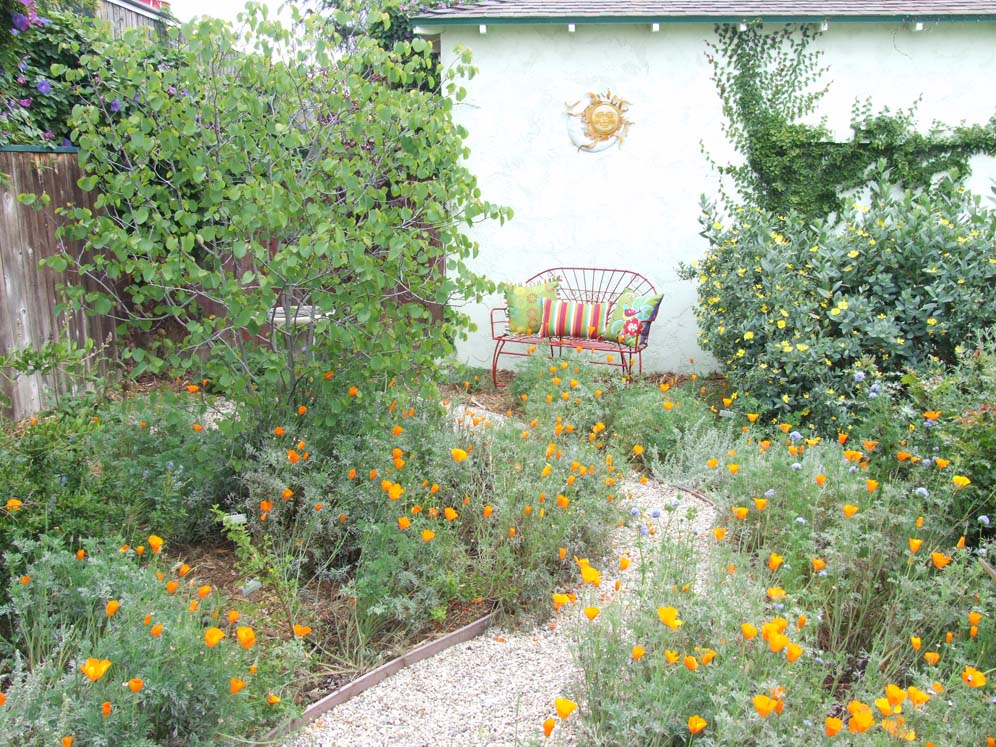
Common name:Creeping Fig
Botanical name:Ficus pumila
This is one of the few plants that can attach itself securely to wood, masonry, or metal. Because there is no limit to its size, it can overcome an entire buliding. It is most often found in colder climates. This vine will not climb on the south or west walls.
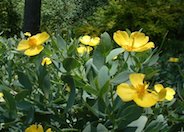
Common name:Island Bush Poppy
Botanical name:Dendromecon harfordii
An evergreen shrub that grows quickly to 5'-8' tall and 6'-10' wide; the harfordii bears deep yellow poppy flowers to 3" wide with orange stamens. Its heaviest bloom period is in the spring, with some flowers almost all year. The plant requires sun, good drainage, and little or no summer watering. -Monterey Bay Nursery
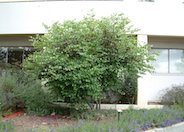
Common name:Western Redbud
Botanical name:Cercis occidentalis
This deciduous shrub ranges from 6'-20' tall and 10'-15' wide. It is desirable for its magenta spring flowers, yellow to red fall color, and dangling winter seed pods. It is tolerant of many soil types, drought and oak root fungus. It attracts hummingbirds and butterflies. The Western Redbud can be found statewide in CA in the foothills below 4500' elevations in chaparral and woodland communities.
- Cornflower Farms
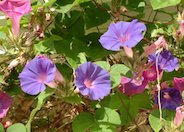
Common name:Purple, Tall or Common Morning Glor
Botanical name:Ipomoea purpurea
This vine will reach about 12' in length and has medium sized, green leaves with blue, violet, and purple flowers that bloom in summer.
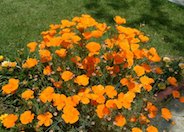
Common name:California Poppy, Golden Poppy
Botanical name:Eschscholzia californica
This small annual (sometimes acts as a perennial) plant will grow to less than 1' tall and has light, small blue green leaves with gold and orange flowers that bloom in spring and summer.
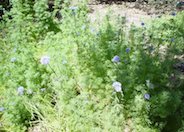
Common name:Blue Thimble Flower, Globe Gilia
Botanical name:Gilia capitata
Globe Gilia is an annual that grows 8"-30" tall and 8" wide. Pale blue to violet-blue flowers with blue pollen are carried in dense, 1/2" -1.5" wide clusters that look like pincushions. It generally blooms in spring through summer.
| Designer: Unknown | Mediavilla Garden 5 |
Photographer: GardenSoft |
Soils and Compost:
Maintain a two to four inch layer of mulch on the soil surface to reduce weeds, infiltrate rain water, and reduce compaction.
Water Saving Tip:
Integrated Pest Management:
Remove irrigation water and fertilizer from areas where you don't want weeds to grow.
